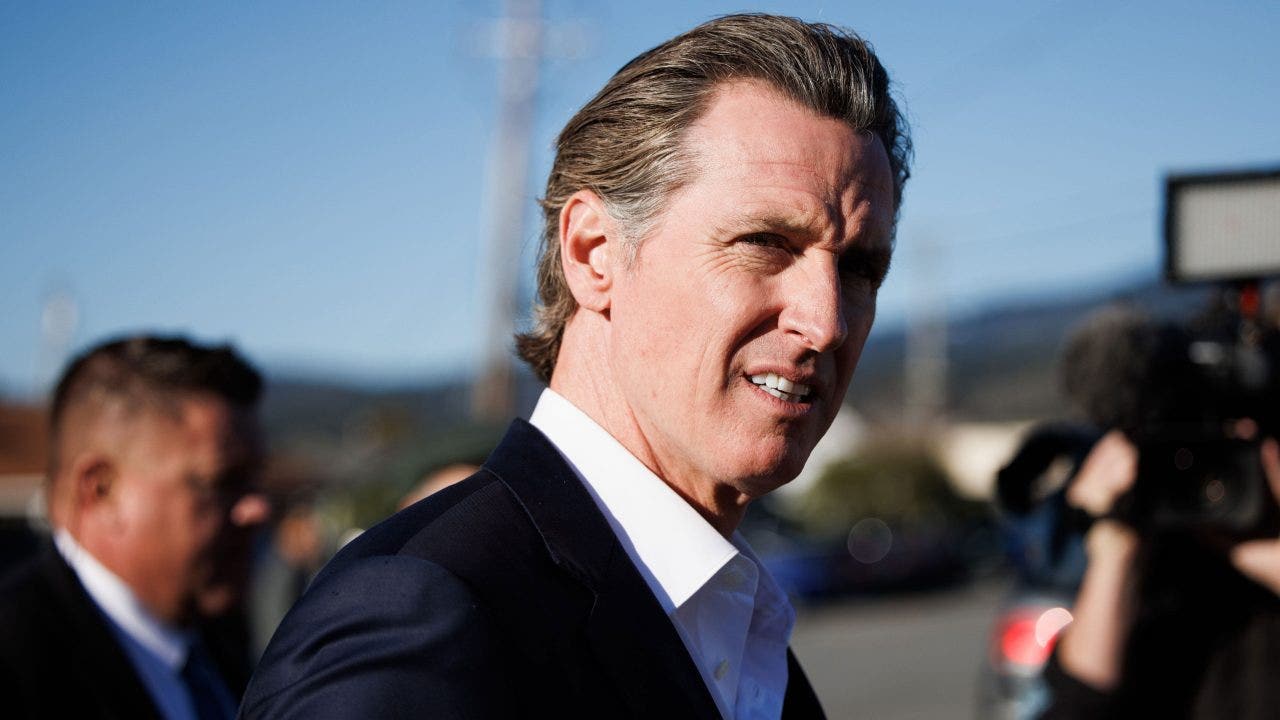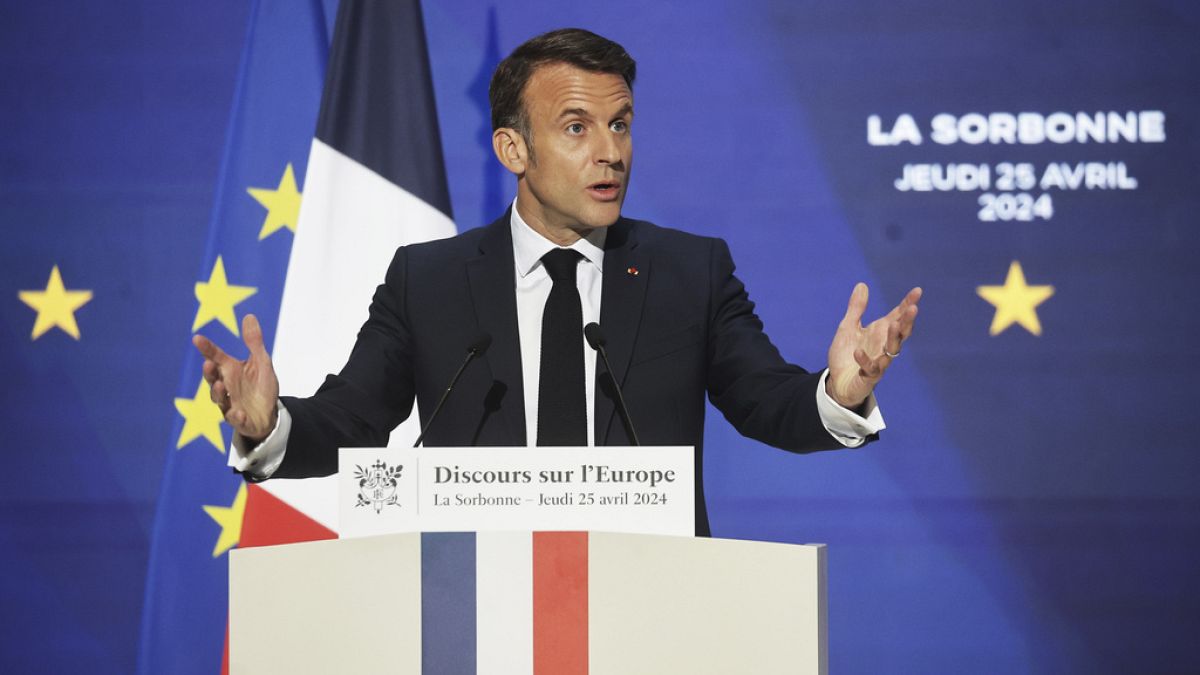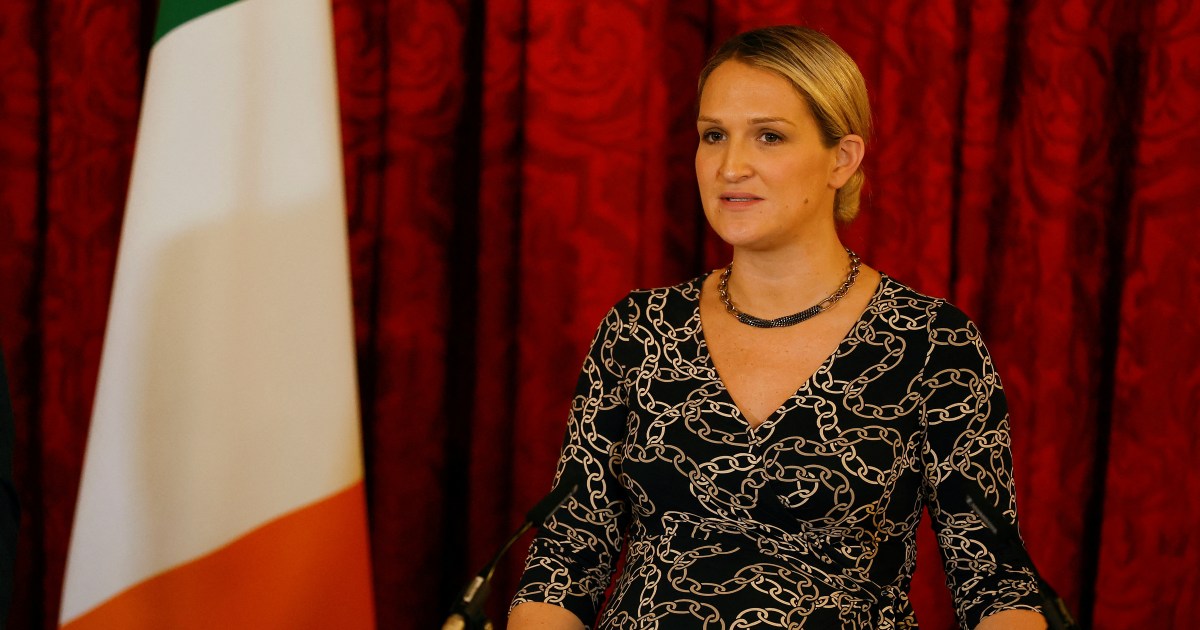By Jamie McGeever; Editing by Diane Craft
Finance
Morning Bid: Tightest financial conditions this year bite
/cloudfront-us-east-2.images.arcpublishing.com/reuters/W736DGWI65KTNLUVAY26Y427ZA.jpg)
An electronic board shows Shanghai and Shenzhen stock indexes, at the Lujiazui financial district in Shanghai, China October 25, 2022. REUTERS/Aly Song/File Photo Acquire Licensing Rights
Sept 11 (Reuters) – A look at the day ahead in Asian markets from Jamie McGeever, financial markets columnist.
Asian markets are set for a nervous open on Monday as worries mount that last week’s equity selloff could accelerate, financial conditions continue to tighten, and investors brace for a raft of economic data from China throughout the week.
There seems to be no obvious market impact from the G20 summit in India, and politically-influenced trading will likely be dominated by U.S.-China tensions. Last week Apple’s 6% slide wiped $180 billion off its market cap on news that Beijing had banned government employees from using iPhones at work.
Broader market sentiment is fragile. The Nasdaq shed 2% last week, and the S&P 500, MSCI World and MSCI Asia ex-Japan Index all fell more than 1%.
Tightening financial conditions from high bond yields and a strong dollar, and unease about the looming lag effects of the Fed’s rate hikes are coming together in what has been historically a notoriously volatile month for stocks.
According to Goldman Sachs’s real-time indexes, financial conditions in China, emerging markets and globally are now the tightest since last November.
The dollar is at a six-month high, Asian currencies are feeling the heat, and traders are on intervention alert – India’s rupee posted a record closing low on Thursday and the Japanese yen, Philippine peso and Thai Baht are at their lowest levels this year.
Currencies may also get direction from a sprinkling of key economic indicators across the region this week – Indian trade and inflation, Australian unemployment, Indonesia retail sales, and Japanese industrial production and machinery orders.
The economic data spotlight this week will shine on China. Beijing often concentrates the release of key indicators into short bursts – often referred to as the ‘Chinese data dump’ – but this one is particularly heavy.
Money supply, loan growth, social financing (a broad measure of credit and liquidity in the economy), retail sales, industrial production, unemployment, house prices and fixed asset investment are all due for release by September 15.
That follows producer and consumer price inflation figures on Saturday that suggest disinflationary pressures are sticky. Annual PPI was negative for the 11th month in a row, and annual CPI rose only 0.1%, undershooting forecasts of a 0.2% increase.
The state of China’s economy will be much clearer by the end of the week, as will the scale of the task facing authorities to provide the necessary monetary and fiscal stimulus to keep Beijing’s goal of 5% GDP growth this year in sight.
But complicating this is the yuan, which is at a 16-year low. Further policy easing will put it under even heavier downward pressure, risking a spiral of FX depreciation, asset market weakness and capital flight.
Here are key developments that could provide more direction to markets on Monday:
– Malaysia industrial production (July)
– Japan money supply (August)
– U.S. 3-year note auction
Our Standards: The Thomson Reuters Trust Principles.
Opinions expressed are those of the author. They do not reflect the views of Reuters News, which, under the Trust Principles, is committed to integrity, independence, and freedom from bias.

Finance
Global Innovation Lab for Climate Finance Surpasses 100-Member Organizations – CPI
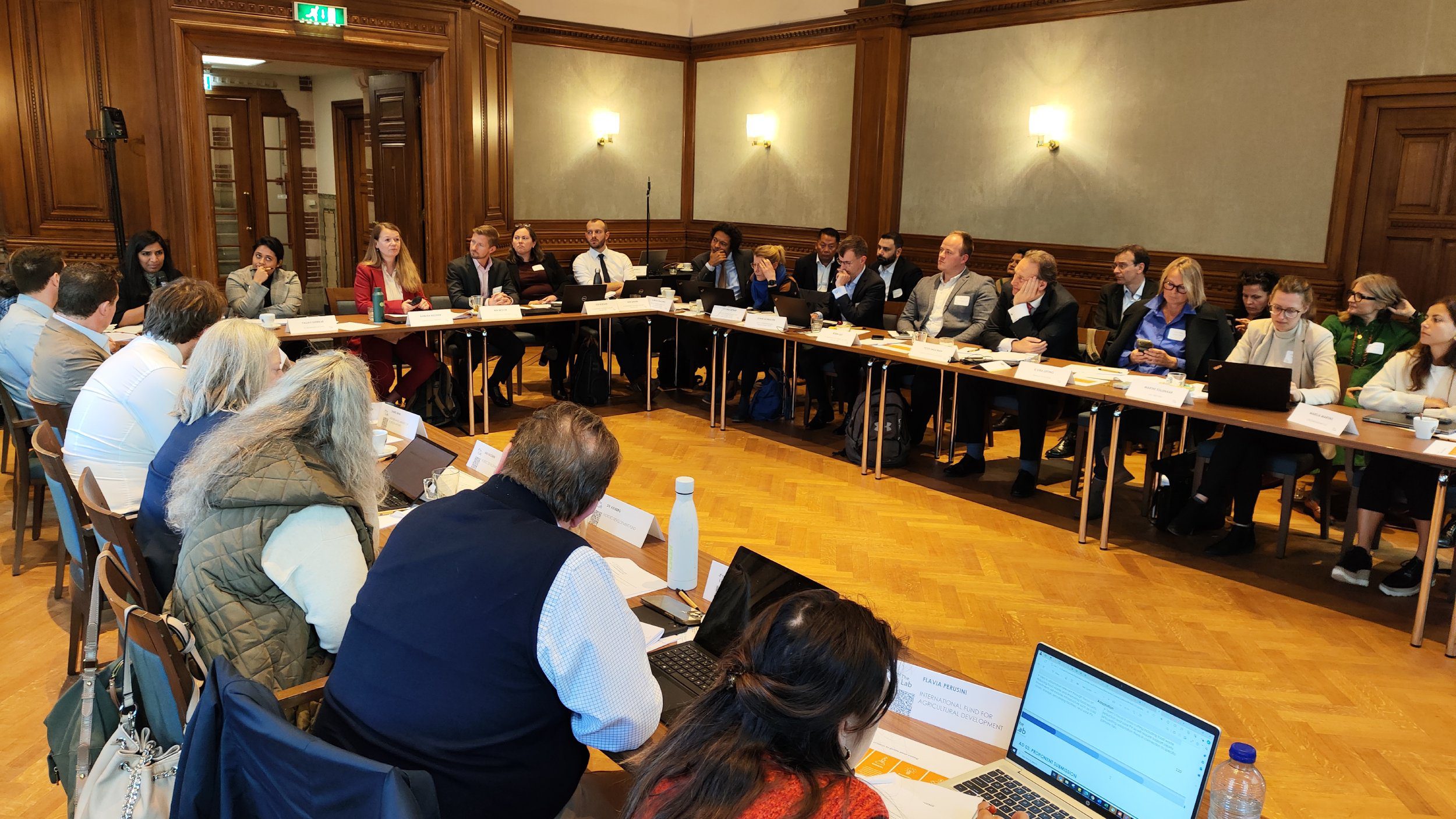
The Global Innovation Lab for Climate Finance (the Lab) proudly announces a significant expansion in its membership. Over 100 distinguished public and private organizations are now joining forces to accelerate climate finance innovation and drive private investments in emerging markets.
The Lab’s membership has skyrocketed nearly fourfold in 10 years, from 29 organizations at the inaugural Lab meeting in 2014 to 110 global and regional members today. Over the years, the Lab has seen a steady rise in private sector participation, with private members now making up 55% of the total, compared to 41% in 2014.
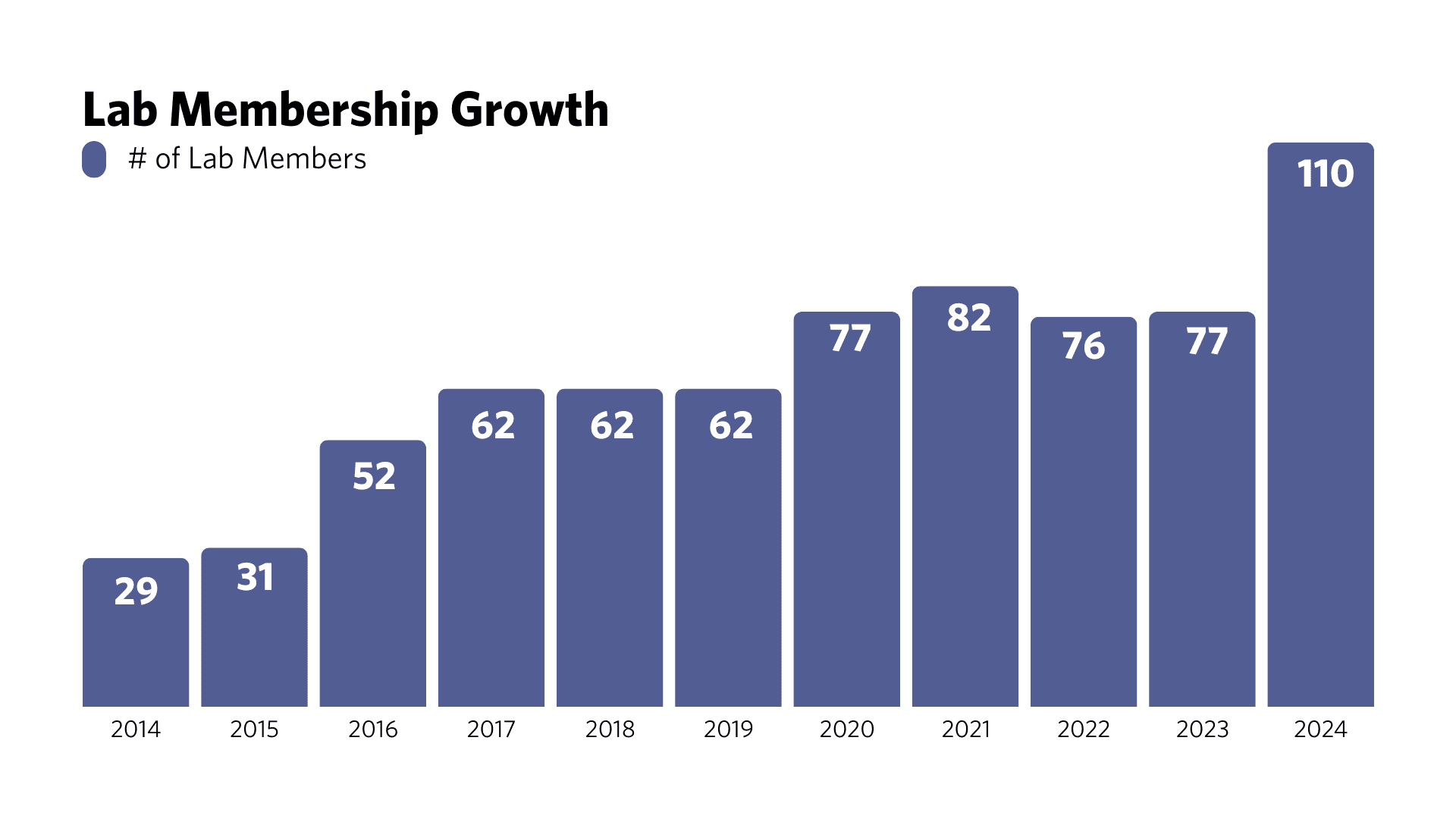

This growth follows the Lab’s successful launch of regional programs in the Philippines and Latin America and the Caribbean. New regional panel members from these areas join a growing network of experts across existing programs in Brazil, East and Southern Africa, and India. Additionally, the Lab welcomes new global members, strengthening its ability to identify and develop transformative financial instruments.
“We need to see bold ideas come forward and support the teams who pursue them. As a new global member, we are very happy to have supported the selection process of the Lab’s 10th cohort and to contribute to developing these outstanding teams and endeavors. The collaborative spirit among members points to a powerful force for tackling climate challenges,” said Elvira Lefting, Managing Director at Finance in Motion.
A substantial portion of the Lab’s portfolio mobilization figures, which now exceed USD 4 billion, is a result of direct investments from its diverse membership and broader network. The Lab continues to unlock new opportunities through collaborative efforts and scale up impactful climate finance initiatives globally.
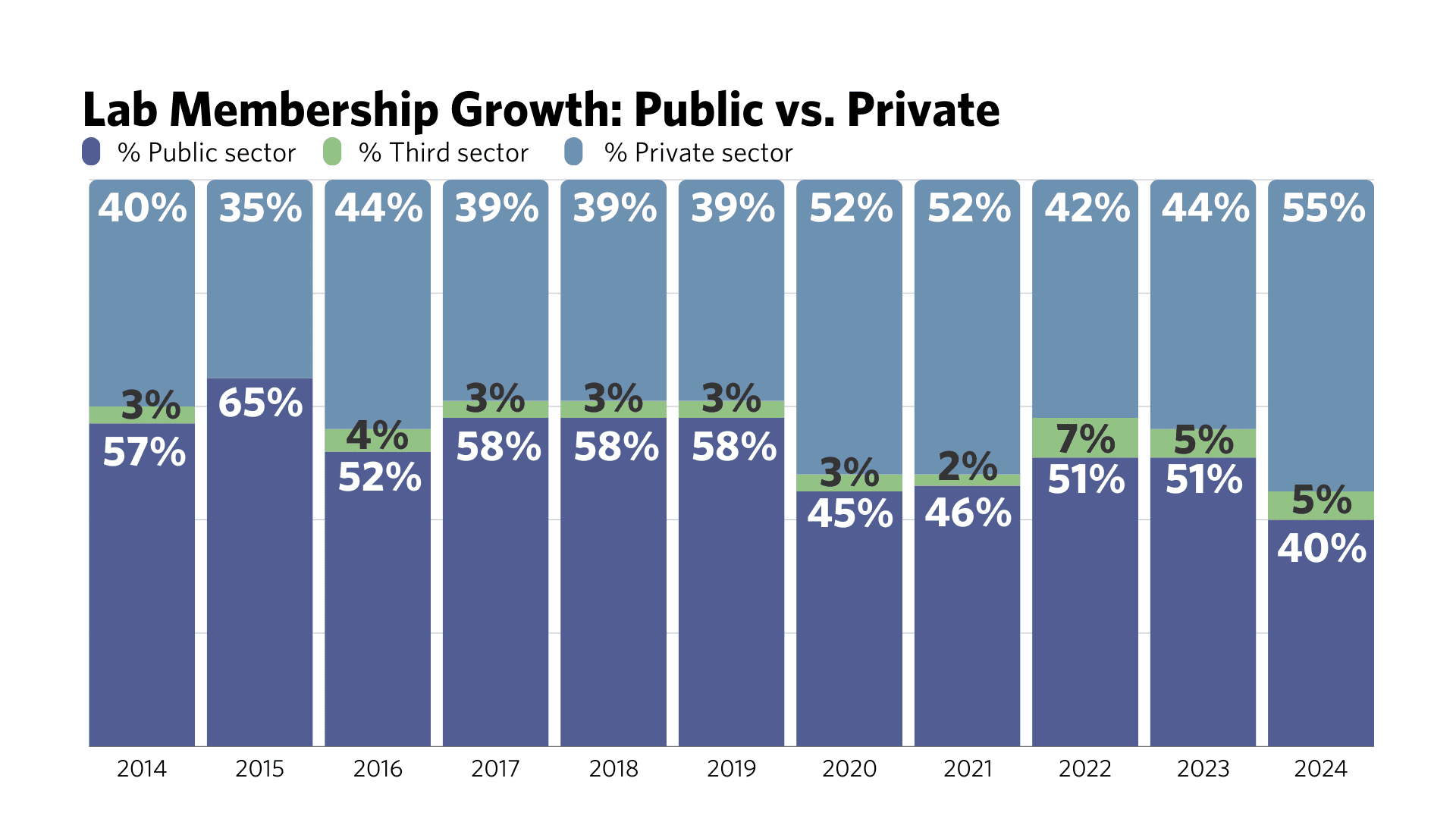

“The Lab’s membership is the core driver of the Lab’s success. Our member institutions bring a wealth of expertise, dedicated support, and financial capital to the table, amplifying the Lab’s capacity to catalyze sustainable investments in emerging markets,” said Ben Broché, Climate Policy Initiative’s Associate Director, who leads the Lab’s efforts.
About the Lab
The Global Innovation Lab for Climate Finance identifies, develops, and launches innovative finance instruments that can drive billions in private investment to action on climate change and sustainable development. Bloomberg Philanthropies, the United Nations Development Programme, and the governments of Canada, Germany, the United Kingdom, and the United States fund the Lab’s 2024 programs. Climate Policy Initiative serves as the Secretariat and analytical provider.
For media inquiries or further information, please contact:
Júlio Lubianco
Communications Manager
julio.lubianco@cpiglobal.org
Sam Goodman
Communications Associate
sam.goodman@cpiglobal.org
Finance
Finance minister Buggana says Dhone took center-stage in terms of development in the entire state in the last five years | Hyderabad News – Times of India

The finance minister who is confident of securing his hat-trick victory at the Dhone assembly constituency in Nandyal district in the upcoming elections, is pitted against former union minister of state for railways Kotla Jayasurya Prakash Reddy of the TDP.
Embarking on a door-to-door election campaign at Peapully mandal on Sunday, Buggana asked the people to introspect about why his opponent Kotla Jayasurya Prakash Reddy and his family, never reached out to the people of the constituency in the last 15 years.
“Leaders belonging to various faction groups who lost their lives and their families completely shattered should all realise why the different faction groups are now setting aside their differences and joining hands with the sole motive to defeat me. Won’t such power-thirsty people revive faction at the Dhone assembly constituency, where no major faction related violence was reported in the last decade”, Buggana questioned the people.
Explaining to the voters about the financial benefits disbursed to the people of the Dhone assembly constituency in the last five years, besides the numerous development projects executed during the YSRCP regime, the finance minister appealed to the people to pledge support to him and the YSRCP to carry forward the development in the next five years too.
Finance
Saudi Arabia's Vision 2030 projects to be adjusted as needed, finance minister says – Times of India

Speaking at the World Economic Forum’s special meeting on Global Collaboration, Growth and Energy for Development in Riyadh, Mohammed Al Jadaan said the kingdom’s focus is on ensuring the quality of future economic growth, and recognises that the challenges it faces require flexibility.
“There are challenges… we don’t have ego, we will change course, we will adjust, we will extend some of the projects, we will downscale some of the projects, we will accelerate some of the projects,” Jadaan said.
Saudi Arabia is accelerating efforts to diversify its economy away from oil under a plan known as Vision 2030. It aims to develop sectors such as tourism and industry, expand the private sector and create jobs.
Non-oil activities vastly outperformed oil sector expansion last year growing by 4.4%, while the overall economy shrank by 0.8 per cent on the back of cuts to oil production and lower prices.
Saudi Arabia is projected to grow 2.6 per cent this year, a downward revision from 4 per cent forecast in October, the IMF said in its latest regional outlook report on the back of continued output cuts.
In the medium term, non-oil growth is expected to come in over 5 per cent a year, Jadaan said in February, although the kingdom is likely to continue to rely on hydrocarbon revenue to drive investments into expanding non-oil activities.
On Sunday, Jadaan re-emphasised the role of an expanded private sector in delivering Vision 2030.
“Vision 2030 is about empowering the private sector. The government role is to be out of business – the government role is to make policies to enable the private sector but not to actually do the business.” The Arab World’s largest economy needs oil at $96.2 to balance its 2024 budget, the IMF forecast.
-

 Kentucky1 week ago
Kentucky1 week agoKentucky first lady visits Fort Knox schools in honor of Month of the Military Child
-
News1 week ago
Maryland high school student arrested after authorities discovered a 129-page document detailing school shooting plan, police say | CNN
-

 World1 week ago
World1 week agoIranian media says three drones downed after explosions heard in Isfahan
-

 World1 week ago
World1 week agoShipping firms plead for UN help amid escalating Middle East conflict
-
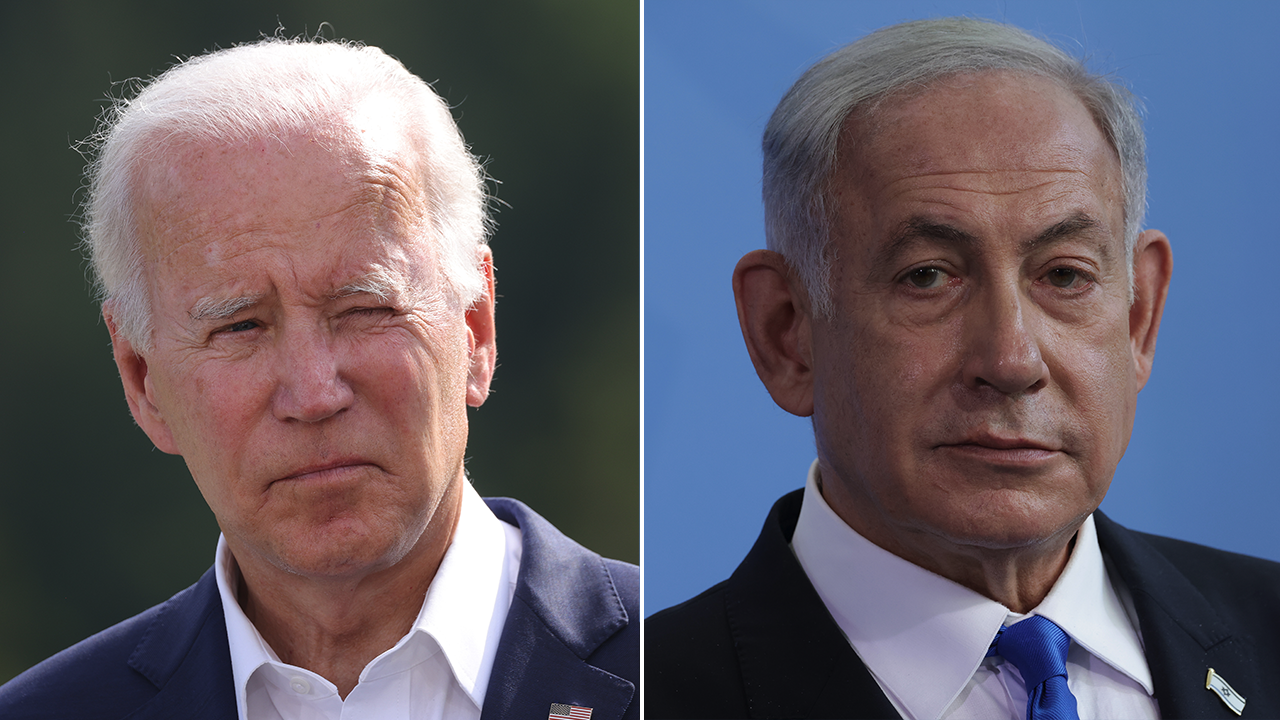
 Politics1 week ago
Politics1 week agoIsrael hits Iran with 'limited' strikes despite White House opposition
-

 News1 week ago
News1 week agoThe San Francisco Zoo will receive a pair of pandas from China
-

 Politics1 week ago
Politics1 week ago'Nothing more backwards' than US funding Ukraine border security but not our own, conservatives say
-

 Politics1 week ago
Politics1 week agoICE chief says this foreign adversary isn’t taking back its illegal immigrants















